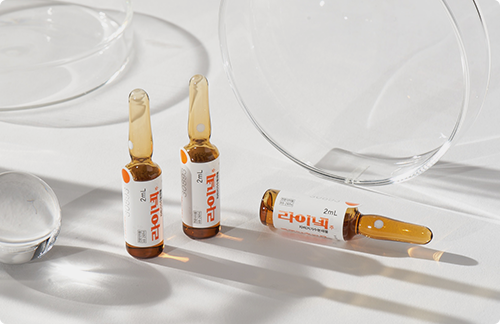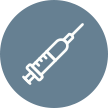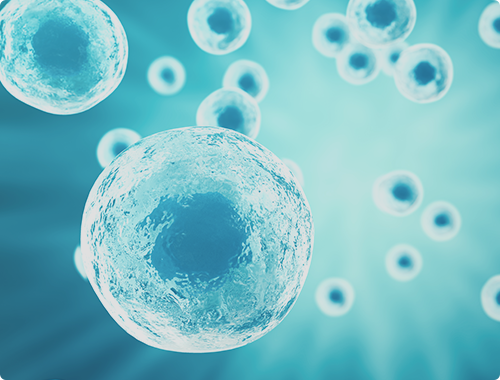Pharmaceutical R&D
GC Wellbeing—
The Personalized Nutrition Solution CompanyDedicated to Promoting Health and Happiness for All.
Placenta
The placenta provides nutrients and components for immunity during the growth and development of a fetus for about 9-10 months, once the embryo is fertilized and the fetus moves to and attaches itself to the uterus. The placenta contains many active substances, including physiologically active proteins, functional peptides, enzymes, amino acids, lipids, DNA, and RNA.

Placenta and Laennec
Laennec was approved in 2005 as a placental hydrolysate injection, and in 2011, it was the only placental hydrolysate to have its efficacy clinically proven.
Besides identifying numerous unknown components of placental hydrolysates with infinite potential, GC Wellbeing also researches personalized treatments through scientific studies of disease prevention and treatment and slowing down the aging process.
Laennec-focused Extended Research
-
 Using clinical trials to conduct extended research on intravenous administration, dosage increases, etc.
Using clinical trials to conduct extended research on intravenous administration, dosage increases, etc. -
 Research on antiviral treatment (e.g. COVID-19)
Research on antiviral treatment (e.g. COVID-19) -
 Study on mechanism and efficacy for the improvement of liver function
Study on mechanism and efficacy for the improvement of liver function -
 Confirmation of Laennec’s various mechanisms and efficacy in the prevention of new indications
Confirmation of Laennec’s various mechanisms and efficacy in the prevention of new indications
Separating and Purifying Active Ingredients for Development of Treatments Beyond Laennec

- Peptides Derived from Placenta
- Research on isolation, analysis, and evaluation of the efficacy of peptides, which are active ingredients derived from the placenta
- Exosomes Derived from Placenta
- Implementing various efficacy studies on exosomes
Research on high-efficiency, large-scale purification of exosomes and drug delivery technology
